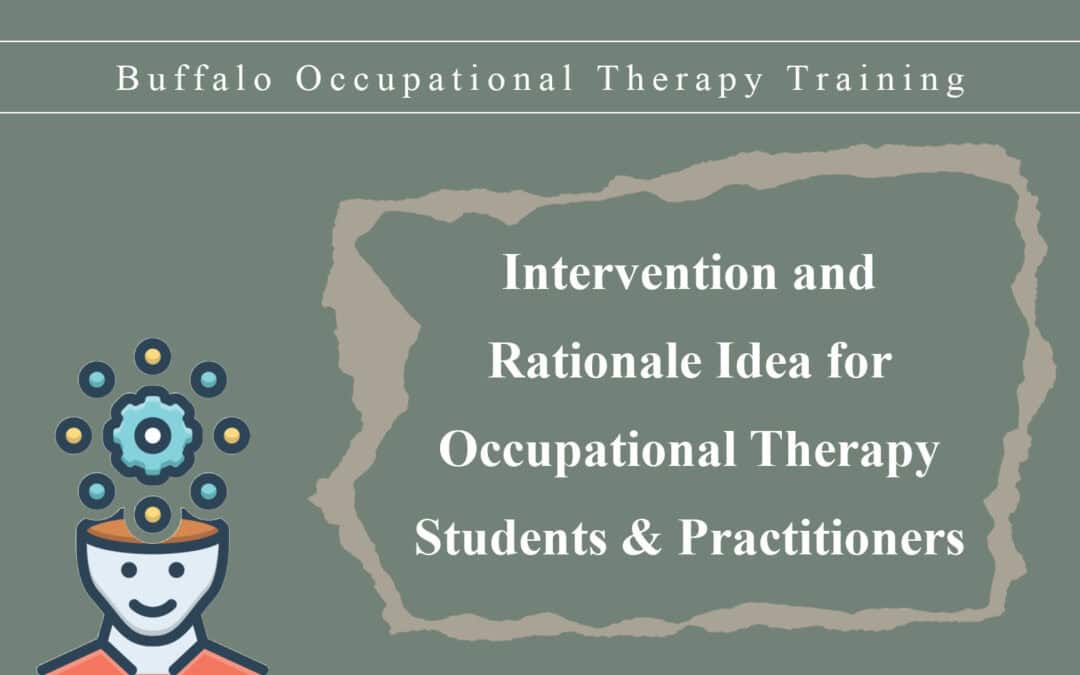Binder Clips and Coins | Occupational Therapy Interventions
Fine Motor Strength Intervention
Occupational Therapy Intervention : Fine Motor Strength
Documentation and Activity Rationale
The patient engaged in a seated fine motor activity requiring patient to use alternating tip pinch and lateral pinch prehension skills to secure clips [varying levels of resistance] to small objects 25x with right hand in order to increase intrinsic hand strength, thumb strength, pinch strength, fine motor coordination, and general pain-free mobility. Good challenge. Fatigue noted and observe by end of task. No discomfort noted.
Grading Strategies
Grading Up:
- greater resistance
- smaller items to secure clips on
Grading Down:
- lesser resistance
- begin with clothespins
- clip onto theraband
Appropriate Diagnoses / Deficits
- s/p hand and/or wrist injury
- s/p ulnar collateral ligament injury
- fine motor strength deficits
- CVA
- TBI


